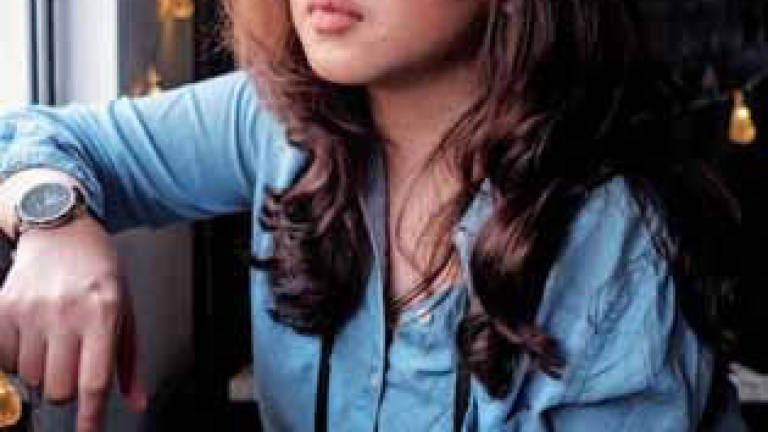The medium is the message

WHEN Nana Safiana picked up a camera for the first time, it was her father's DSLR. He had kept it locked away, but she managed to procure it and took some photos with it.
She later went on to become a photojournalist in a local daily, but left several years in as she found that the job can be monotonous in nature.
"Each year, I would cover similar cultural events. I didn't want to settle into a routine," explained the 26-year-old.
It was also around the same time that Nana learned about documentary photography and wanted to explore it. She took a year off to travel and went on a journey of self-discovery, which got the ball rolling.
What's the difference between photojournalism and documentary photography?
Young Malaysians often confuse photojournalism and documentary photography. Photojournalists usually do hard news, such as on-scene accidents, crime, and so on, which are very quick and 'in the moment'.
Documentary photography, on the other hand, is more relaxed in terms of execution, but not in the planning stages. A lot of long-term planning is required and it can take months, or even years. Then, there's the risk factor that your plans may not come into fruition.
Hence, you need to be able to predict the situation well, be patient, and have a lot of passion.
How did you venture into documentary photography?
Three years ago, before I really got into documentary photography, I was quite lost in life. I loved photography but I couldn't find my niche. Now, I feel that photography is best described as the medium that I use to portray my messages. I travelled a lot and photographed plenty of things to discover myself. I tried my hand at photography competitions, which enabled me to join workshops and be mentored by esteemed documentary photographers.
After attending the Foundry Photojournalism Workshop and being mentored by Maggie Steber herself, how did you go on to create your own path in documentary photography?
It felt somewhat like a culture shock upon returning to Malaysia after attending the workshop in Bali. I received a lot of praises and attention there, but I was back to being just a regular person in Malaysia. It took me a while to really kick-start my path in documentary photography, and that was when I decided to take a trip to western China by cycling from Urumqi to Tashkurgan.
The whole trip spanned approximately 2,000km, but we didn't cycle all the way. We hitchhiked sometimes. The furthest I cycled in a day would be approximately 100km. While I was travelling, I did a lot of thinking and soul-searching. After the trip, I felt energetic and cared less about how other people viewed me. I experienced a lot of hardships while I was travelling, and that gave me a broader perspective of life.
Most of your photographs are of the less fortunate. Why do you choose to do so?
While I was travelling in western China, I got a chance to see for myself the poverty and hardships experienced there. It's not something that you'd be able to see in the mainstream media, because they're such remote places. I realised that my passion lies in telling the stories of those at the bottom of the 'food chain'.
What I aim to achieve out of doing this is to get people to really stop and think. Urbanites are becoming especially cooped up in their world of privilege that they get caught up by the most insignificant things. I hope that with my documentation of the less fortunate, they will be able to see that there is more to life than petty everyday problems, and this will make them appreciate life more.